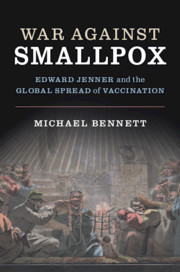An expansive, worldwide smallpox eradication programme (SEP) was announced by the World Health Assembly in 1958, leading this decision-making body to instruct the World Health Organization Headquarters in Geneva to work with WHO regional offices to engage and draw in national governments to ensure success. Tabled by the Soviet Union’s representative and passed by a majority vote by member states, the announcement was subject to intense diplomatic negotiations. This led to the formation, expansion and reshaping of an ambitious and complex campaign that cut across continents and countries. This article examines these inter-twining international, regional and national processes, and challenges long-standing historiographical assumptions about the fight against smallpox only gathering strength from the mid-1960s onwards, after the start of a US-supported programme in western Africa. The evidence presented here suggests a far more complex picture. It shows that although the SEP’s structures grew slowly between 1958 and 1967, a worldwide eradication programme resulted from international negotiations made possible through gains during this period. Significant progress in limiting the incidence of smallpox sustained international collaboration, and justified the prolongation and expansion of activities. Indeed, all of this bore diplomatic and legal processes within the World Health Assembly and WHO that acted as the foundation of the so-called intensified phase of the SEP and the multi-faceted activities that led to the certification of smallpox eradication in 1980.
